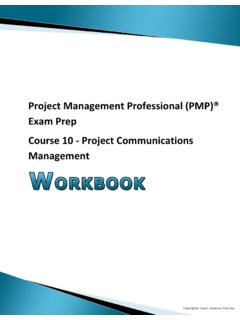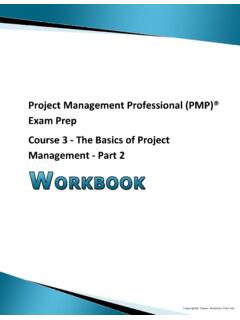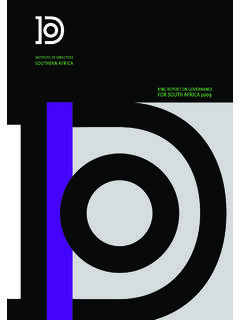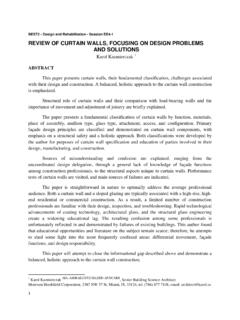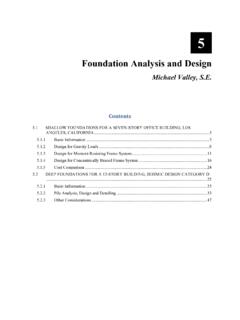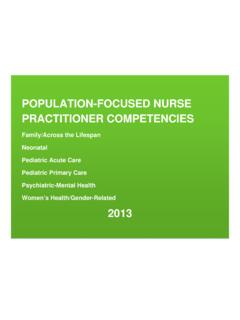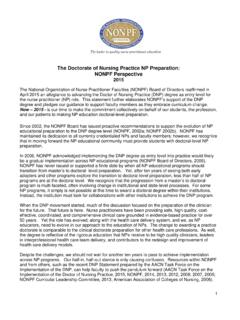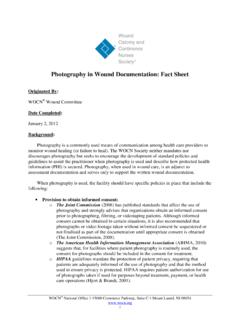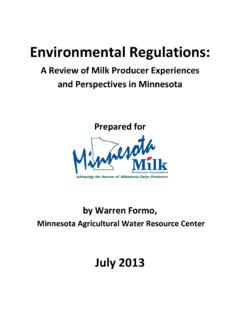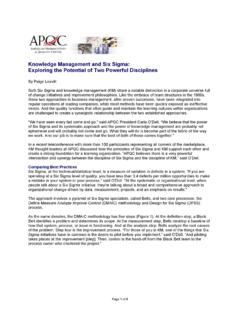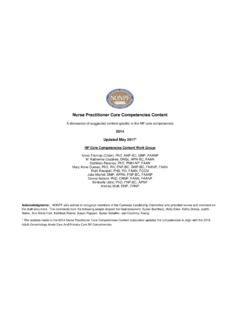Transcription of Nurse Practitioner Core Competencies Content
1 Nurse Practitioner core Competencies Content A delineation of suggested Content specific to the NP core Competencies 2017 NP core Competencies Content Work Group Anne Thomas (Chair), PhD, ANP-BC, GNP, FAANP M. Katherine Crabtree, DNSc, APN-BC, FAAN Kathleen Delaney, PhD, PMH-NP, FAAN Mary Anne Dumas, PhD, RN, FNP-BC, GNP-BC, FAANP, FAAN Ruth Kleinpell, PhD, RN, FAAN, FCCM Julie Marfell, DNP, APRN, FNP-BC, FAANP Donna Nativio, PhD, CRNP, FAAN, FAANP Kimberly Udlis, PhD, FNP-BC, APNP Andrea Wolf, DNP, CRNP Acknowledgments: NONPF also wishes to recognize members of the Curricular Leadership Committee who provided review and comment on the draft document.
2 The comments from the following people shaped the final document: Susan Buchholz, Holly Dileo, Kathy Dontje, Judith Haber, Ann Marie Hart, Kathleen Reeve, Susan Ruppert, Susan Schaffer, and Courtney Young. * The 2017 Nurse Practitioner core Competencies Content publication aligns the Competencies with the 2016 Adult-Gerontology Acute Care And Primary Care NP Competencies . NONPF - 2 Nurse Practitioner core Competencies with Suggested Curriculum Content 2017 In the development of the Nurse Practitioner (NP) population-focused Competencies , a task force had extensive discussions of Competencies vs. Content . The task force concluded that it would be beneficial to programs if some Content could be included as exemplars of how to support curriculum development for addressing a competency.
3 Within the 2013 edition of the NP population-focused Competencies , the final column in each population s competency table presents the respective competency work group s ideas of relevant Content . NONPF convened a work group to identify the suggested curriculum Content for the NP core Competencies . This work group consisted of members of the task force that prepared the 2014 edition of the NP core Competencies , as well as additional representation from the NONPF Board and Curricular Leadership Committee. A sub-group of the NONPF Curricular Leadership Committee completed a review of the draft Content , and the work group incorporated the review feedback into the final document presented herein.
4 Please see the cover page for a list of work group members and an acknowledgment of the reviewers. The table that follows includes the NP core Competencies and a list of suggested curriculum Content . NONPF does not intend for the requirement of all of this Content , nor is the Content list comprehensive for all that a program would cover with population-focused Competencies . The Content column reflects only suggestions for Content relative to the core Competencies . This document should be used in combination with the population-focused Competencies . Competency Area NP core Competencies Curriculum Content to Support Competencies Neither required nor comprehensive, this list reflects only suggested Content specific to the core Competencies Scientific Foundation Competencies 1.
5 Critically analyzes data and evidence for improving advanced nursing practice. 2. Integrates knowledge from the humanities and sciences within the context of nursing science. 3. Translates research and other forms of knowledge to improve practice processes and outcomes. 4. Develops new practice approaches based on the integration of research, theory, and practice knowledge . Comparison of patient data sets with evidence-based standards to improve care Scientific foundations to practice, including, but not limited to, knowledge of advanced pathophysiology, pharmacology, physiology, genetics, and communication skills Science from other disciplines relevant to health care NONPF - 3 Competency Area NP core Competencies Curriculum Content to Support Competencies Neither required nor comprehensive, this list reflects only suggested Content specific to the core Competencies Theories/conceptual frameworks/principles for practice.
6 Translational research that guides practice Critical evaluation of research findings Mid-range nursing theories and concepts to guide nursing practice Evidence-based care Physiologic Communication Developmental Genetic Behavior change Population health Critical thinking development: Evidence appraisal Formulating a practice problem Use of science-based theories and concepts to assess, enhance, and ameliorate health care delivery phenomena Use of PICO questions to initiate research and quality improvement projects Qualitative and quantitative research and quality improvement methods Ethical and legal protection of human subjects Inquiry processes and practices related to health literacy, vulnerable populations, and culture Monitoring of health outcomes Leadership Competencies 1.
7 Assumes complex and advanced leadership roles to initiate and guide change. 2. Provides leadership to foster collaboration with multiple Content related to: Crisis management and leadership Stress management (for staff and patient/family) Teams and teamwork, including team leadership, building NONPF - 4 Competency Area NP core Competencies Curriculum Content to Support Competencies Neither required nor comprehensive, this list reflects only suggested Content specific to the core Competencies stakeholders ( patients, community, integrated health care teams, and policy makers) to improve health care. 3. Demonstrates leadership that uses critical and reflective thinking.
8 4. Advocates for improved access, quality and cost effective health care. 5. Advances practice through the development and implementation of innovations incorporating principles of change. 6. Communicates practice knowledge effectively, both orally and in writing. 7. Participates in professional organizations and activities that influence advanced practice nursing and/or health outcomes of a population focus. effective teams, and nurturing team Leadership, change, and management theories with application to practice Political processes, political decision making processes, and health care advocacy Problem solving: Influencing and negotiation Conflict management Strategic thinking Managing change Business development: High reliability organization principles Building and maintaining effective teams Project management concepts Principles of effective decision making Principles of change management Civility Principles of innovation Communications.
9 Scholarly writing, manuscript, and abstract preparation Structuring and presenting persuasive arguments Peer review: Publications Presentations Research Practice. Leadership development: NONPF - 5 Competency Area NP core Competencies Curriculum Content to Support Competencies Neither required nor comprehensive, this list reflects only suggested Content specific to the core Competencies Skills to influence decision-making bodies at the system, state, or national level Interprofessional leadership Assuming leadership positions in professional, political, or regulatory organizations Structure and functions of editorial/board roles Ethical and critical decision making, effective working relationships.
10 And a systems-perspective Concepts of strategic planning process Leadership styles How to lead change in practice, manage practice changes Monitoring implementation and fidelity Adaptation of change to patients, providers and organizational needs and resources Interim feedback on achievements and efficiencies Interpretation of data and articulating evidence Self-reflection of leadership style , personal leadership strengths and weaknesses; working with diverse skills sets and diverse teams Quality Competencies 1. Uses best available evidence to continuously improve quality of clinical practice. 2. Evaluates the relationships among access, cost, quality, and safety and their influence on health care.
